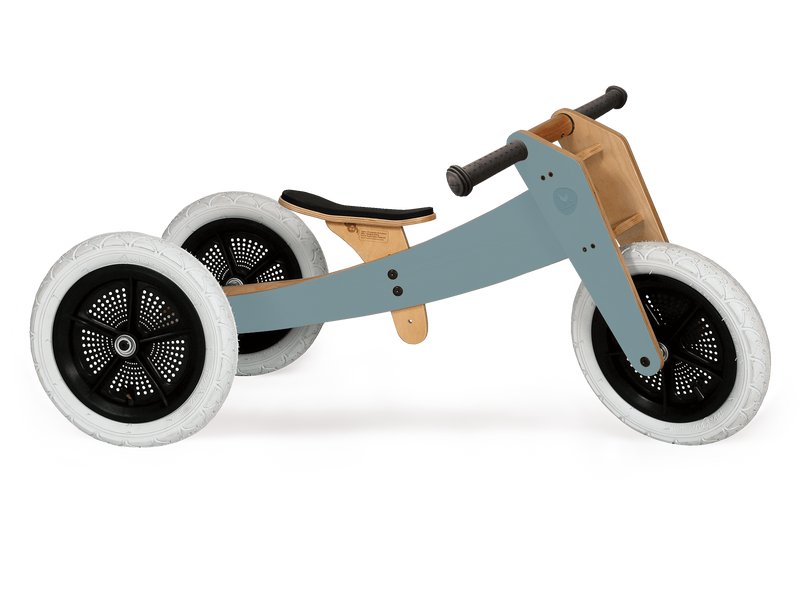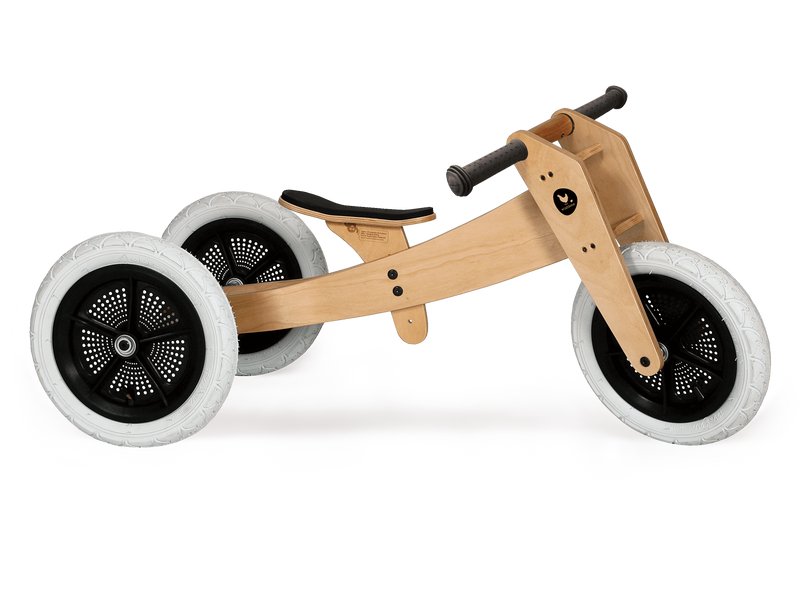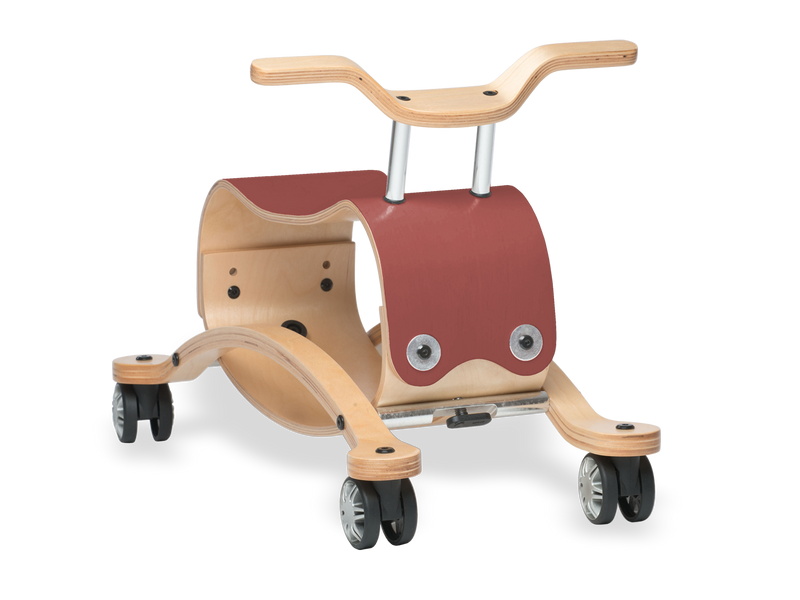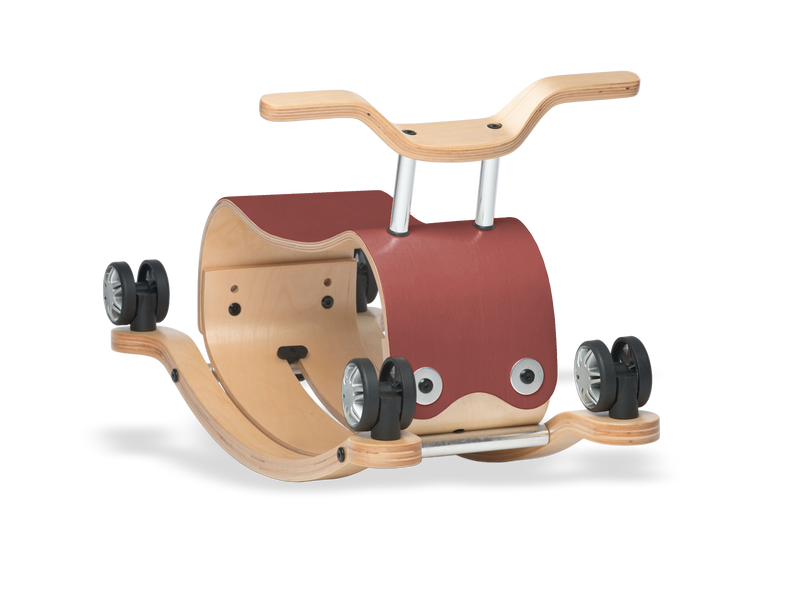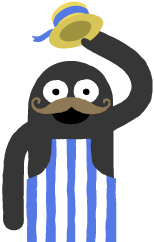
less waste
In the 1700s, the industrial revolution triggered a new global problem. Humans could extract and use up the planet's resources faster than they can regenerate.
Today, we know the solution. It's called the circular economy.
radical idea: throw nothing away
Our goal in the circular economy is to design better from the outset and support people to change their consumer habits. We will:
* design out waste from the goods we produce, entirely
* design for longevity to keep precious materials in use
* design to enhance our natural environment.



in nature everything is metabolised. Only humans create waste
how to reduce waste AND create value
Here are some design strategies we use to reduce waste while at the same time adding value.
Extended Product Life: We create multi-functional and size adjustable products to grow with your child
Less raw material: Wishbone Bike Recycled Edition has hollow components to minimise raw materials. Five frame parts are fixed with a single bolt offering unequalled adjustability.
Waste is Value: Wisbone Bike Limited Edition's printed artwork disguises less attractive grain markings on otherwise perfect frame components.
Easy repairs: Wishbone products are simple to disassemble and 100% repairable, with all parts available after-market.
Secondhand Market: Reusing an item by passing it on is the best way to maximise value from the materials and energy in a manufactured good. So we created a webpage to help sell your pre-loved Wishbone online!


The thing to remember is this: "less waste" means much more than buying a smaller trash can. Avoiding waste entirely from the outset is the big enchilada.
When designers the world over understand waste as a design flaw, and folks like you help keep products and materials in use forever...Well, that's the circular economy Ellen Macarthur dreamed of as she confronted the meaning of 'finite' during her solo sail around the world.
